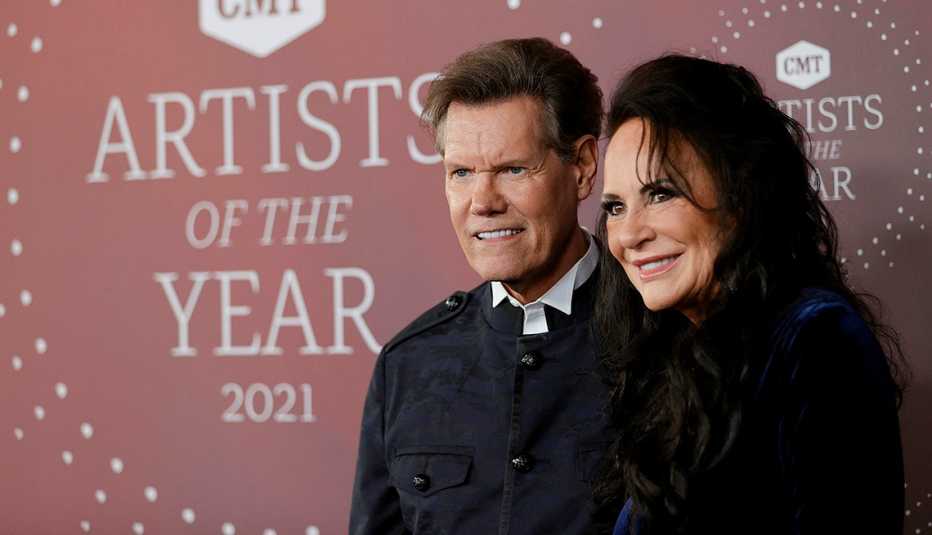AARP Hearing Center


In 2011, Randy Travis filmed an intimate acoustic concert to mark the 25th anniversary of Storms of Life, the 1986 album that sold 4 million copies and spurred the neo-traditionalist movement in modern country music. No one would have guessed that footage would become “the last live recording we did,” says Kyle Lehning, Travis’ longtime producer.
But in 2013, as the footage was being prepared for release — a release that didn’t happen then — Travis was admitted to a Dallas area hospital with complications of viral cardiomyopathy. He suffered a massive stroke that necessitated brain surgery and robbed him of his ability to play guitar and perform. It also limited his speech. Doctors told his wife, Mary, that he had only a 1 or 2 percent chance of survival.
And yet here we are 11 years later, and a new documentary built upon that footage celebrates the life of the beloved singer, now 63. Randy Travis: More Life couples that concert with the rest of the story — Travis’ multiple touch-and-go medical emergencies, his long rehabilitation (with such techniques as neuro-acupuncture, hyperbaric chamber treatment and stem cell injections), and retirement on his ranch in Tioga, Texas. (You can rent the documentary on streaming platforms, or watch it for free on Travis’ YouTube channel in episodes being released every two weeks through July 7.)


Celebrating Country Music
Though the seven-time Grammy winner comprehends everything around him, Travis no longer speaks in complete sentences, and so Mary does the talking for him. (The couple wed in 2015 after Randy’s 2010 divorce from Elizabeth “Lib” Hatcher, who landed his recording contract and spearheaded his career during their 19-year marriage.)
In our interview, Randy nods in agreement, smiles and punctuates the conversation with the occasional word or two. He especially lights up when Mary recounts the outpouring of support from fans since the incident. Country fans are perhaps the most loyal of any genre, and Nashville’s elite performers have always made themselves accessible to their followers, spawning a family bond between artists and fans.


































































More on entertainment
The Greatest Dolly Parton Quotes, Explained
Plus, how to watch the megastar (and new novelist) live in conversation with AARP on March 25!Robert Plant and Alison Krauss: It’s Been a Long Time
Stars of rock and bluegrass finally team up again with new albumLoretta Lynn Is Far More Than Woman Enough
At 88, the country legend talks with AARP about her 50th studio album and why she never stops dreaming